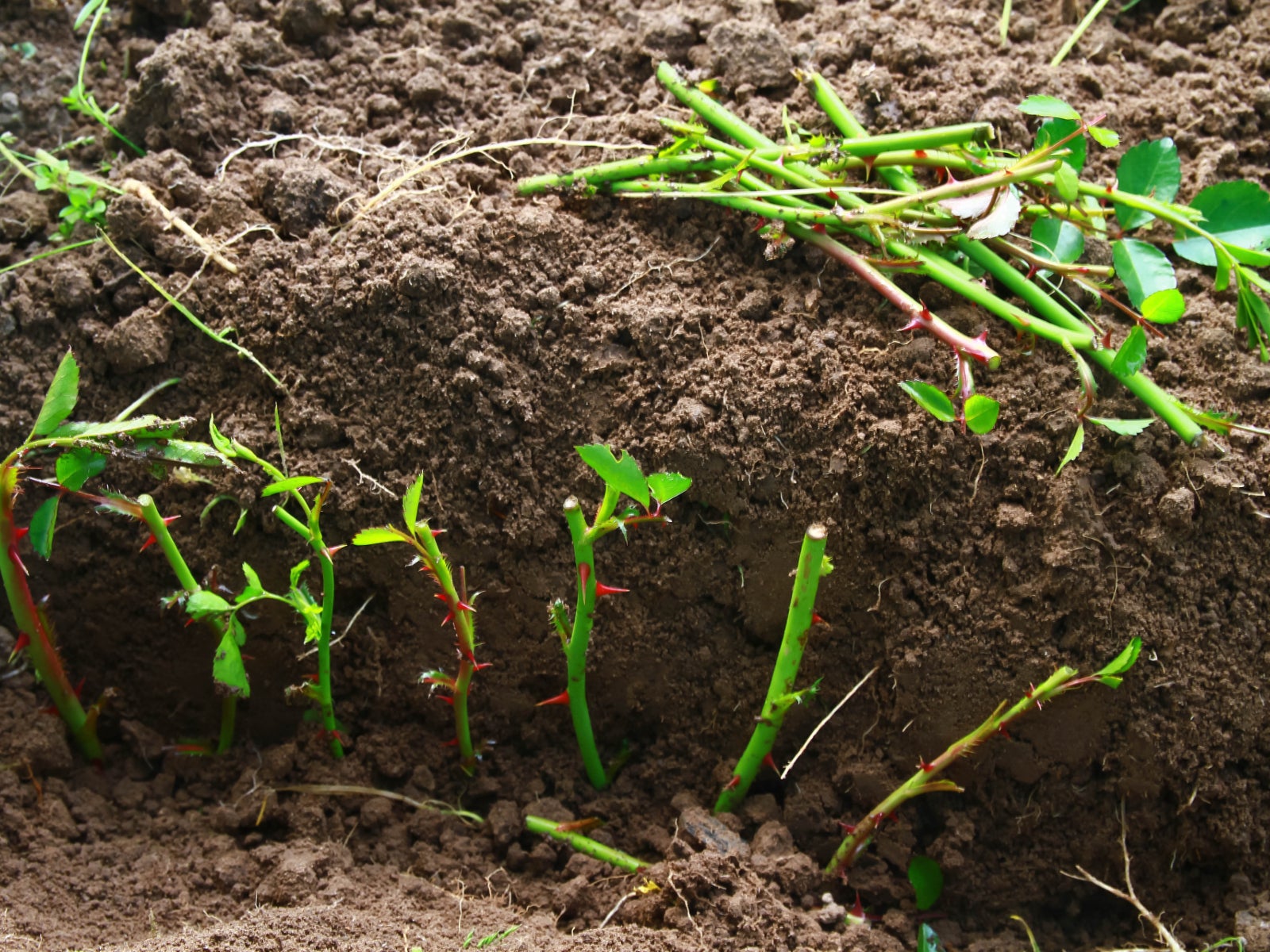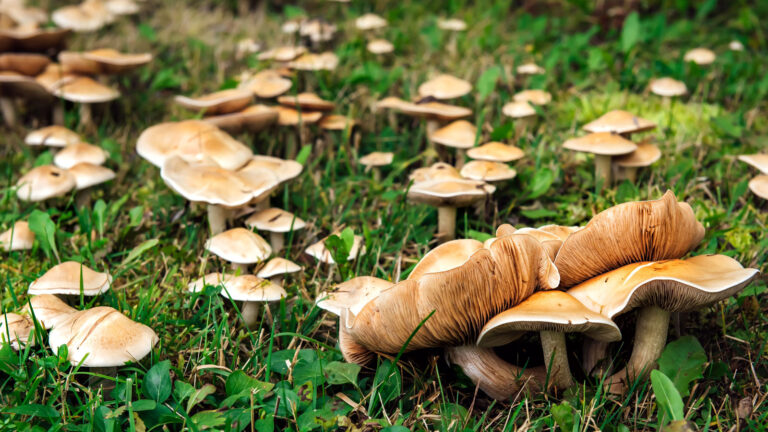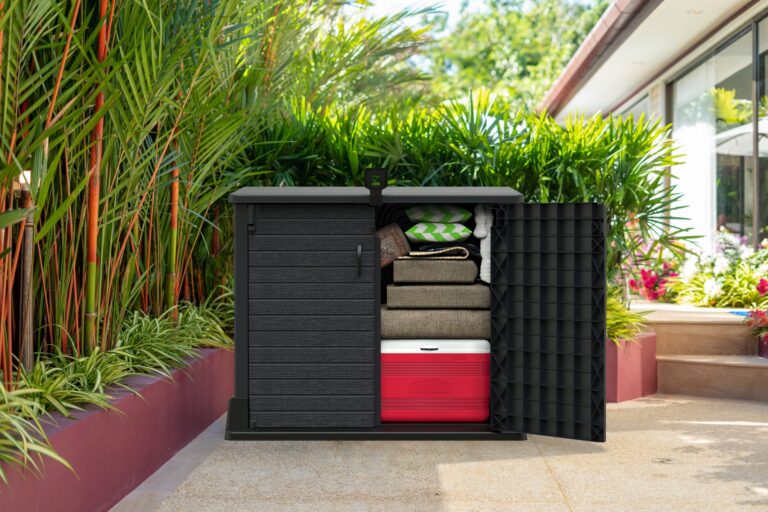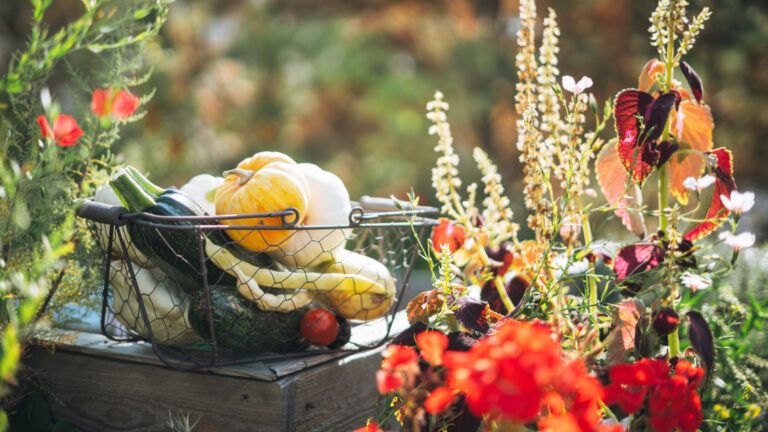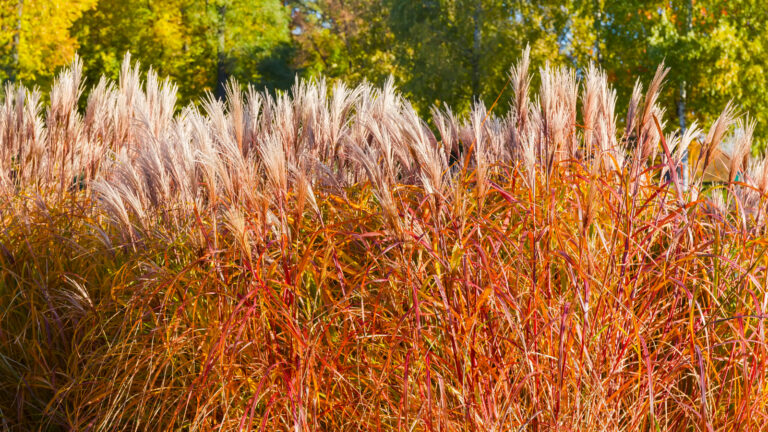10 Shrubs to Propagate in September for Free Plants Next Year
What if I told you that next spring’s lush garden could cost you absolutely nothing? September holds the secret to multiplying your favorite shrubs into dozens of free plants, but only if you know exactly which varieties root like magic—and which techniques guarantee success instead of disappointment.
The most suitable period to develop new shrubs is during September’s optimal propagation window. This is when hot summer temperatures transition to cooler autumn conditions, providing root systems with the greatest opportunity for development. Most gardeners cease outdoor planting activities, but experienced growers understand this represents the prime time for creating free plants destined for next year’s garden.
Why September Propagation Surpasses Spring Methods
September offers distinct advantages that spring lacks entirely. Late summer soil remains warm from months of accumulated heat, while cooler air temperatures create perfect conditions for root development without the stress of extreme temperatures. Oregon State University Extension research confirms that from mid-September through mid-November, soils maintain optimal warmth for strong root development while autumn rains reduce supplemental watering needs.
Research from extension offices demonstrates that September-rooted cuttings develop 40% stronger root systems compared to spring propagation, establishing better drought resistance for the following growing season.
Additionally, September allows plants extended adaptation periods. Plants propagated in autumn develop robust root networks throughout fall and winter months, emerging in spring as vigorous specimens that often surpass store-purchased plants. North Carolina State Extension studies indicate these plants flower earlier, perform better, and show superior drought resistance throughout subsequent growing seasons.
The Scientific Method That Works
September shrub propagation succeeds through semi-hardwood cutting techniques. Missouri Extension research confirms this approach uses stems with firm bases that resist rot while maintaining soft tips that root quickly. This represents the optimal balance for successful propagation.
Select stems from current year’s growth that have begun hardening but remain somewhat flexible. Optimal cuttings measure 4-6 inches long, featuring firm wood at the base and green, soft tips. This combination provides excellent hormone distribution and cellular activity for root development.
The Royal Horticultural Society recommends maintaining rooting environments between 65-70°F with controlled humidity levels. Professional propagators achieve 85-95% success rates using these temperature parameters combined with proper hormone treatments.
10 Shrubs That Excel in September Propagation
Buddleja davidii (Butterfly Bush)
Success Rate: 85-90% | Rooting Time: 6-8 weeks
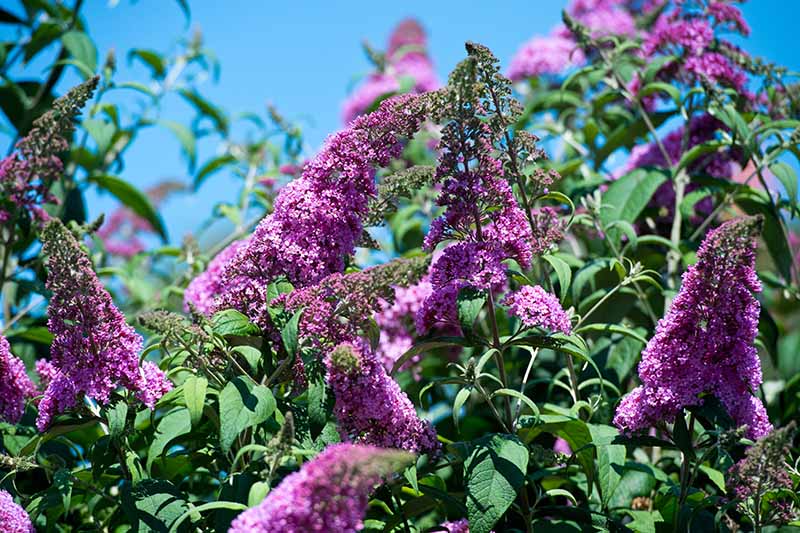
Take willow-like stems directly below growth nodes. Butterfly bush demonstrates exceptional hormone activity during September. Cut 4-5 inch stems from healthy, vigorous growth. Remove lower leaves and apply rooting powder to cut ends. Plant in equal parts perlite and peat moss mixture, maintaining consistent moisture without waterlogging. Professional propagation research shows roots develop within 6-8 weeks, with new growth appearing by early spring.
Hydrangea (Hydrangea macrophylla)
Success Rate: 80-85% | Rooting Time: 8-12 weeks

Hydrangeas achieve peak propagation success during September’s optimal conditions. Select stems beginning to develop woody characteristics while retaining flexibility. Cut 6-inch sections just below leaf nodes, ensuring at least two additional nodes remain. Remove all leaves except upper pairs, cutting remaining leaves in half to reduce transpiration. Maintain heating mat temperatures of 65-70°F for optimal results. Research indicates rooting within 8-12 weeks, with plants achieving flowering capacity the following summer—typically one year earlier than nursery specimens.
Spirea (Spiraea japonica)
Success Rate: 90-95% | Rooting Time: 4-6 weeks
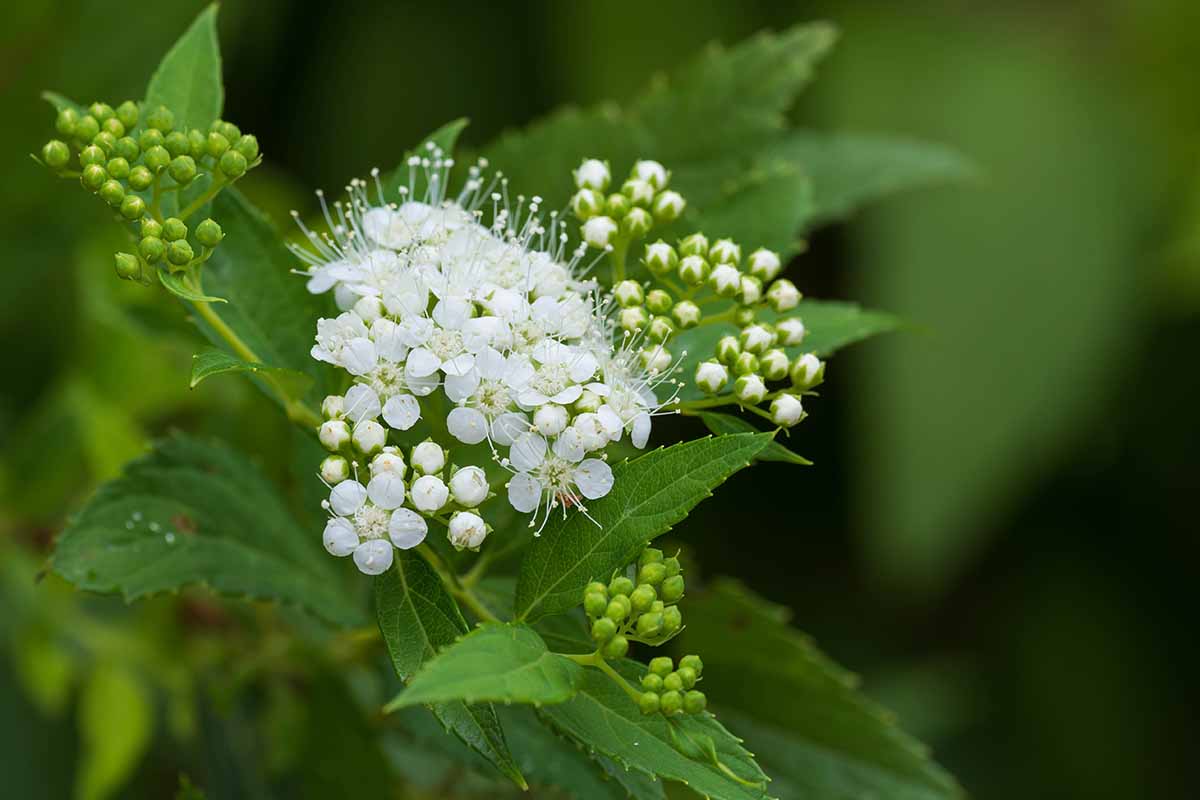
Spirea represents one of the fastest-rooting shrub varieties. Cut 4-inch sections from current growth showing partial hardening while maintaining green coloration. Optimal rooting medium combines equal portions fine sand and peat moss for excellent drainage. Gardener’s Path research confirms rooting occurs within 4-6 weeks under proper conditions. Popular varieties including Goldflame, Little Princess, and Bridal Wreath demonstrate consistent success, enabling creation of extensive borders from minimal parent plants.
Boxwood (Buxus sempervirens)
Success Rate: 75-80% | Rooting Time: 12-16 weeks
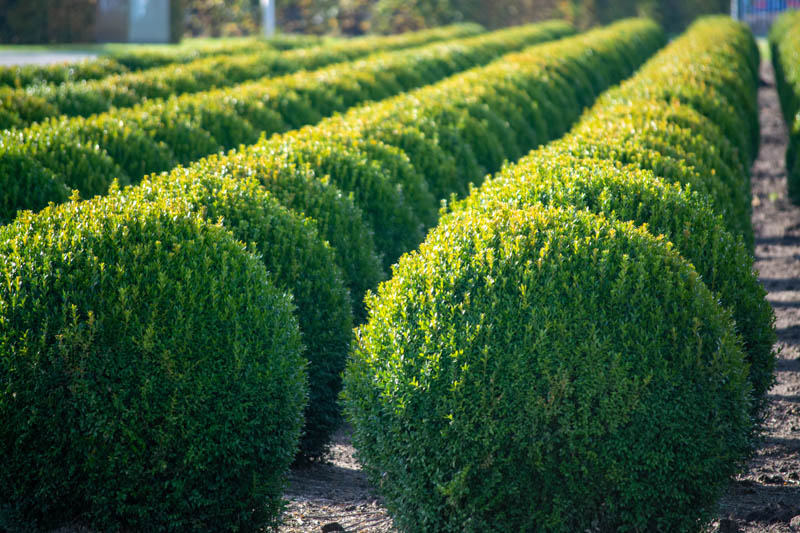
Boxwood requires patience but produces superior plants compared to purchased specimens. Take 3-4 inch cuttings from current year’s growth just beginning to harden. Base sections should show light brown coloration while tips remain green. Remove all lower foliage completely. Utilize coarse perlite mixed with pine bark fines for optimal drainage characteristics. Maintain consistent moisture levels without waterlogging. Root development occurs over 12-16 weeks, with plants establishing vigorous growth throughout the following season.
Hebe (Hebe spp.)
Success Rate: 85-90% | Rooting Time: 6-8 weeks
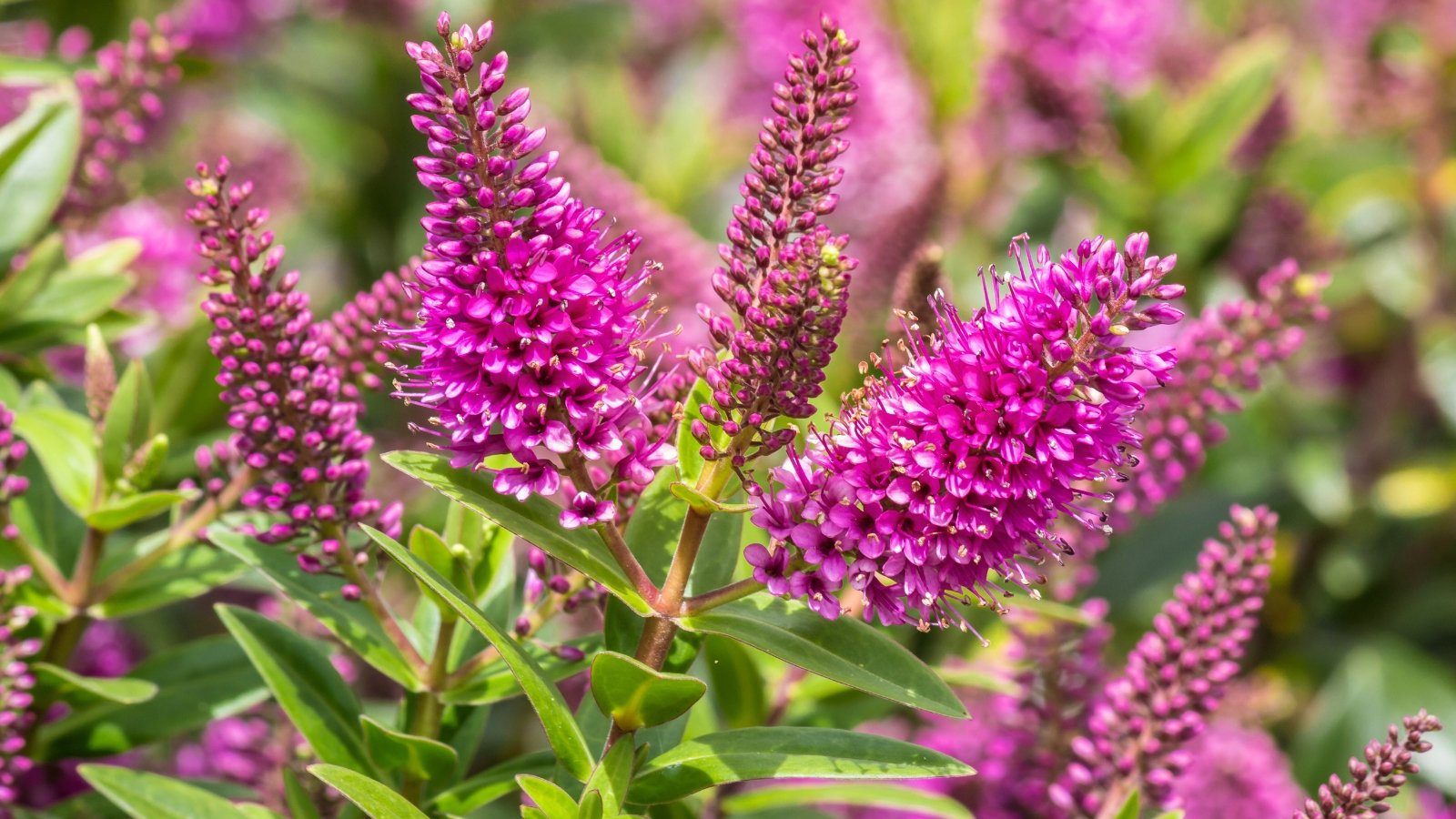
Select 4-inch cuttings from non-flowering stems showing slight woodiness at bases with soft growing tips. Rooting hormone application significantly improves success rates for Hebe varieties. Maintain high humidity using propagation domes or plastic coverings. Root establishment occurs within 6-8 weeks, typically producing plants with superior performance compared to nursery stock.
Camellia (Camellia japonica)
Success Rate: 60-70% | Rooting Time: 16-20 weeks
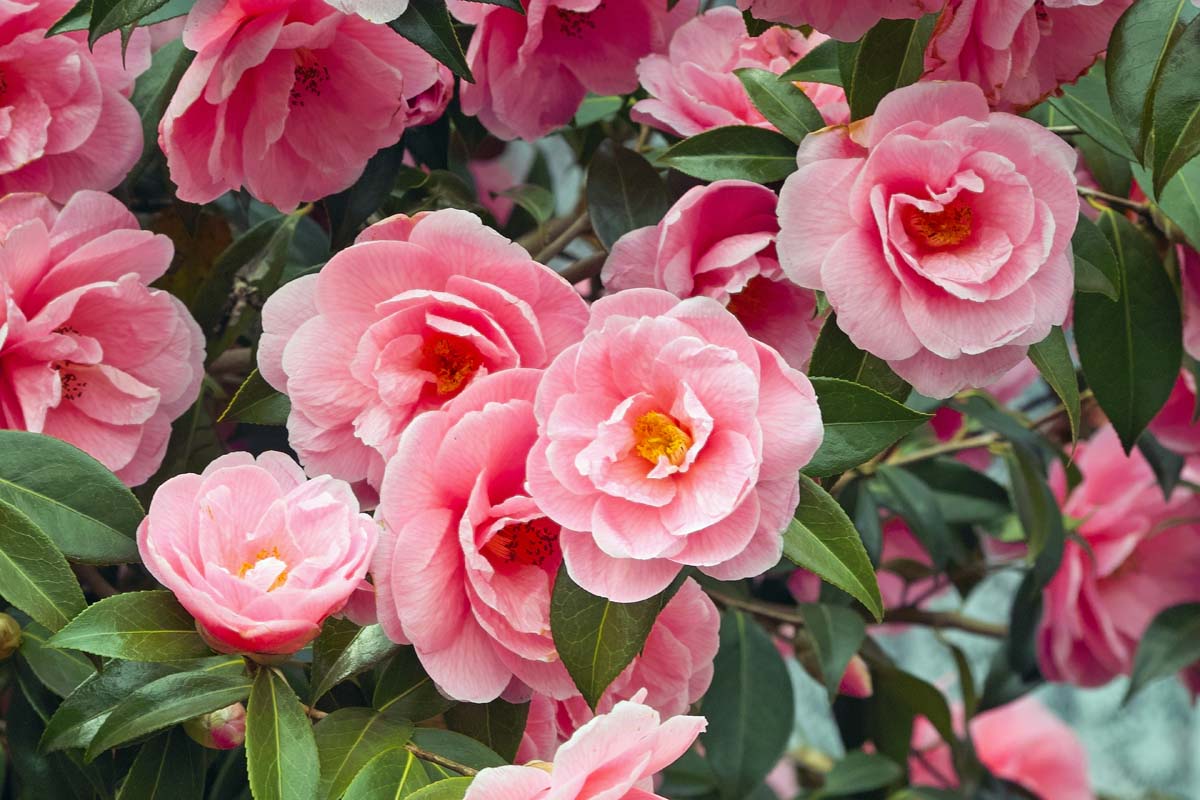
Camellia propagation requires patience but rewards with exceptional long-term flowering. Take 6-inch sections from semi-hardwood stems retaining flexibility. Ensure minimum three growth nodes per cutting, reducing leaf size by one-third. Rooting hormone treatment remains essential for success. Maintain consistent moisture and humidity over 16-20 weeks. Successfully propagated plants achieve earlier, more abundant flowering compared to nursery alternatives.
Salvia (Salvia greggii)
Success Rate: 88-92% | Rooting Time: 4-6 weeks
:max_bytes(150000):strip_icc()/growing-autumn-sage-5113370-hero-d944b9a247374db8810ee41d3b454880.jpg)
Salvia offers rapid propagation success with excellent drought tolerance. Select stems beginning to harden while maintaining green coloration for 4-inch cuttings. Well-draining propagation medium ensures rapid root development within 4-6 weeks. Successfully propagated plants demonstrate superior drought resistance and extended blooming periods across diverse varieties.
Rose of Sharon (Hibiscus syriacus)
Success Rate: 75-80% | Rooting Time: 8-10 weeks
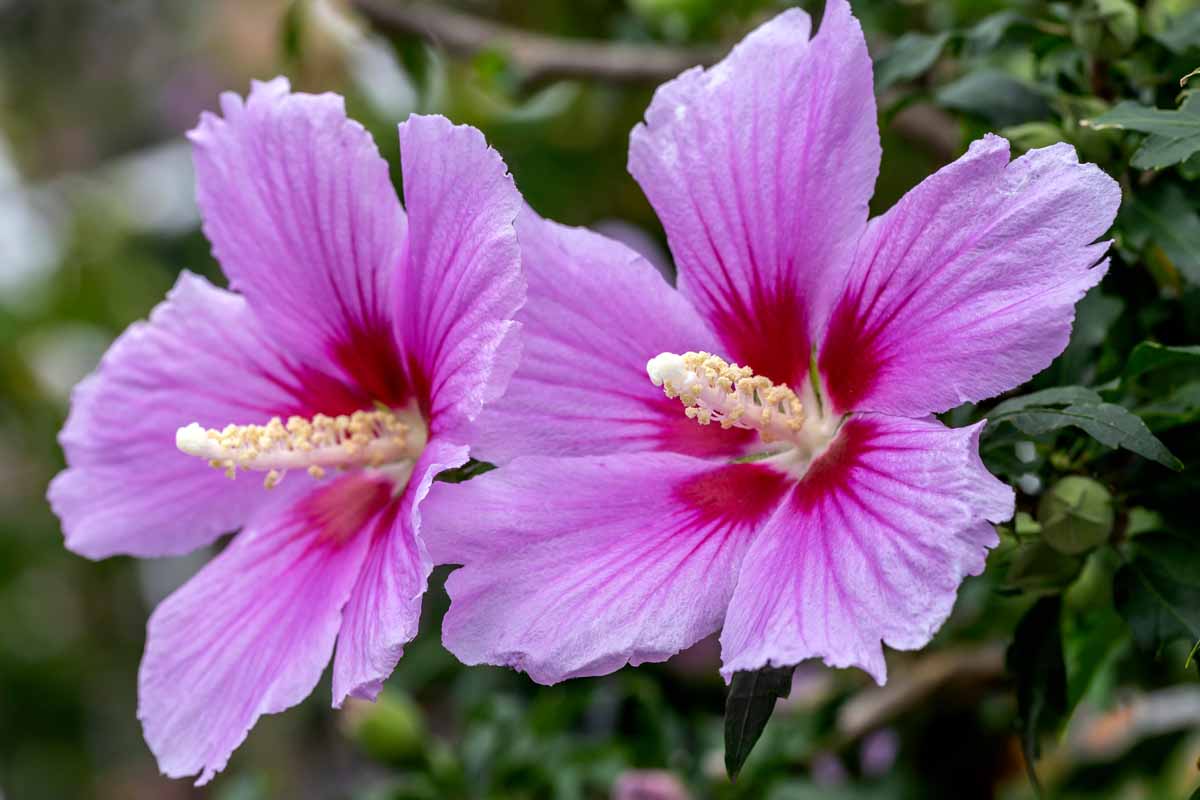
Rose of Sharon excels for creating privacy screens and landscape features. Take 5-inch cuttings from current growth showing slight woody development. Remove lower foliage while retaining top two leaves, cutting them to half size. Apply rooting medium with excellent drainage characteristics. New growth emerges within 8-10 weeks. Propagated plants show enhanced cold hardiness and superior adaptation compared to store-purchased specimens.
Weigela (Weigela florida)
Success Rate: 80-85% | Rooting Time: 6-8 weeks

Weigela provides attractive form with exceptional flowering characteristics. Take 4-5 inch cuttings from stems beginning to harden while maintaining flexibility. Store in consistently moist, room-temperature conditions. These specimens demonstrate superior disease resistance and typically achieve flowering capacity the following spring season.
Viburnum (Viburnum tinus)
Success Rate: 78-83% | Rooting Time: 10-12 weeks

Viburnum demonstrates reliable rooting success with proper technique. Cut 5-inch stems from non-flowering branches showing slight woodiness at bases with green growing tips. Maintain well-draining propagation medium throughout the process. Rooting hormone combined with consistent moisture levels enhances success rates. Propagated plants show superior cold adaptation and establishment characteristics.

Professional Propagation Methodology
Phase 1 – Selecting Quality Cuttings
Choose disease-free, healthy parent plants demonstrating vigorous seasonal growth. Optimal cuttings derive from current year’s growth showing initial hardening while retaining flexibility. Sterilize equipment thoroughly, maintaining sharp pruning tools throughout the process. University of Georgia Extension research emphasizes cleaning tools between plants using rubbing alcohol or 10% bleach solution to prevent disease transmission.
Phase 2 – Cutting Preparation and Treatment
Early morning collection ensures maximum plant moisture content. Place cuttings immediately in plastic bags with damp paper towels preventing dehydration. Make cuts directly below leaf nodes using sharp, clean tools. Remove all lower foliage, cutting remaining leaves by half to minimize water loss through transpiration.
Phase 3 – Creating Optimal Rooting Environments
Maintain consistent temperatures between 65-70°F during daytime hours with slightly lower nighttime temperatures. Sustain high humidity levels while preventing condensation buildup. Most cutting varieties thrive under bright, indirect lighting conditions—typically north-facing windows or shaded greenhouse environments provide ideal illumination.
Phase 4 – Monitoring and Maintenance
Inspect cuttings weekly for progress indicators. Gentle tugging reveals root resistance when development occurs. Remove any rotting or diseased specimens immediately. Avoid oversaturating growing medium while maintaining consistent moisture levels.
Troubleshooting Common Propagation Issues
Root rot prevention requires well-draining containers and appropriate soil moisture levels. When rot develops, remove affected portions and reduce watering frequency or apply approved fungicide treatments.
Accelerating slow root development involves maintaining proper temperature ranges. Excessive cold retards growth while excessive heat creates plant stress. Moderate humidity levels combined with appropriate rooting hormone concentrations assist development without over-stimulation.
Pest management addresses fungal gnats attracted to moist soil conditions. Deploy yellow sticky traps while maintaining drier soil surfaces. Monitor for aphids and spider mites, treating initially with insecticidal soap applications when necessary.
Advanced Success Techniques
Bottom heat applications using heating mats maintained at 65-70°F promote faster root development, particularly benefiting hydrangea, salvia, and spirea varieties.
Rooting hormone selection varies by plant requirements. Camellia and boxwood varieties require higher hormone concentrations while herbaceous plants respond to lighter applications. Apply immediately after cutting for maximum effectiveness.
Environmental control systems provide energy-efficient solutions for serious propagators, automatically managing humidity and temperature parameters throughout the rooting process.
Professional nursery operations achieve 90%+ success rates by maintaining precise environmental controls and using graduated hormone treatments specific to each shrub variety.
Financial Benefits and Cost Analysis
Individual mature shrubs typically cost $25-50 at retail nurseries. Propagation requires only pennies worth of materials per cutting. Successfully propagating ten shrubs saves $250-500 while producing superior plants. Research demonstrates that home-propagated plants often outperform nursery stock due to local climate adaptation and reduced transplant shock.
Timeline for September Success
September cuttings develop root systems within 4-12 weeks depending on variety. Plants overwinter in protected environments, showing fresh growth emergence in spring. After 6-8 weeks of outdoor hardening, they accept permanent garden placement. The following growing season brings flowering and near-full-size development, typically exceeding nursery plant performance.
Implementation Strategy – Start Today
Free shrub multiplication through September propagation conserves financial resources while producing resilient gardens and developing valuable horticultural skills. Prepare essential tools, select quality cutting material, and execute your first propagation attempt today. The investment of time and minimal materials creates lasting garden value while building expertise for future propagation success.
Sources and Further Reading:
- University of Missouri Extension – Home Propagation Guide
- Royal Horticultural Society – Propagation Techniques
- North Carolina State Extension – Propagation Methods
- Oregon State University – Fall Planting Benefits
- University of Georgia Extension – Starting Plants from Cuttings
- AHDB Horticulture – Professional Propagation Guide
- University of Florida – Semi-Hardwood Cutting Techniques

